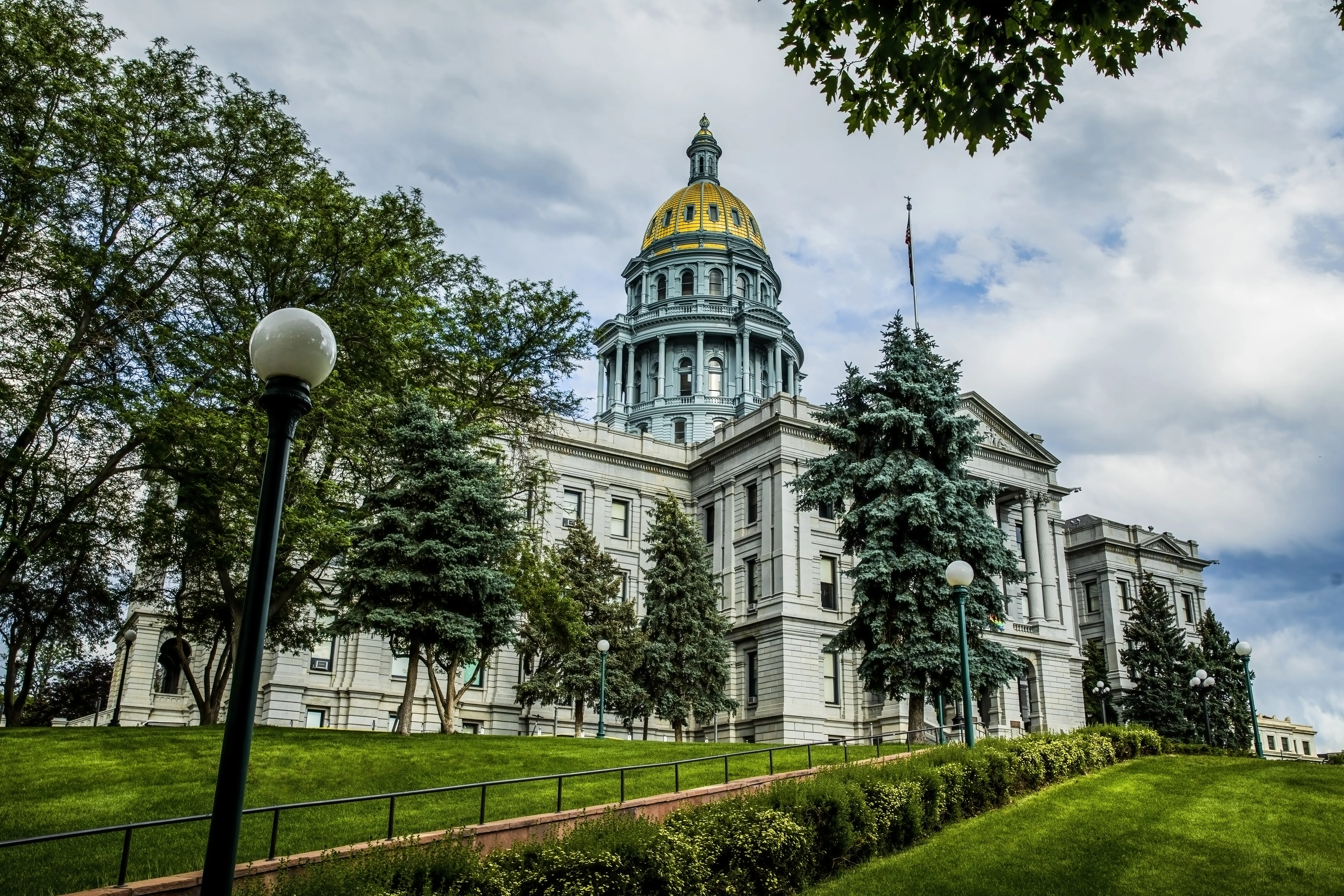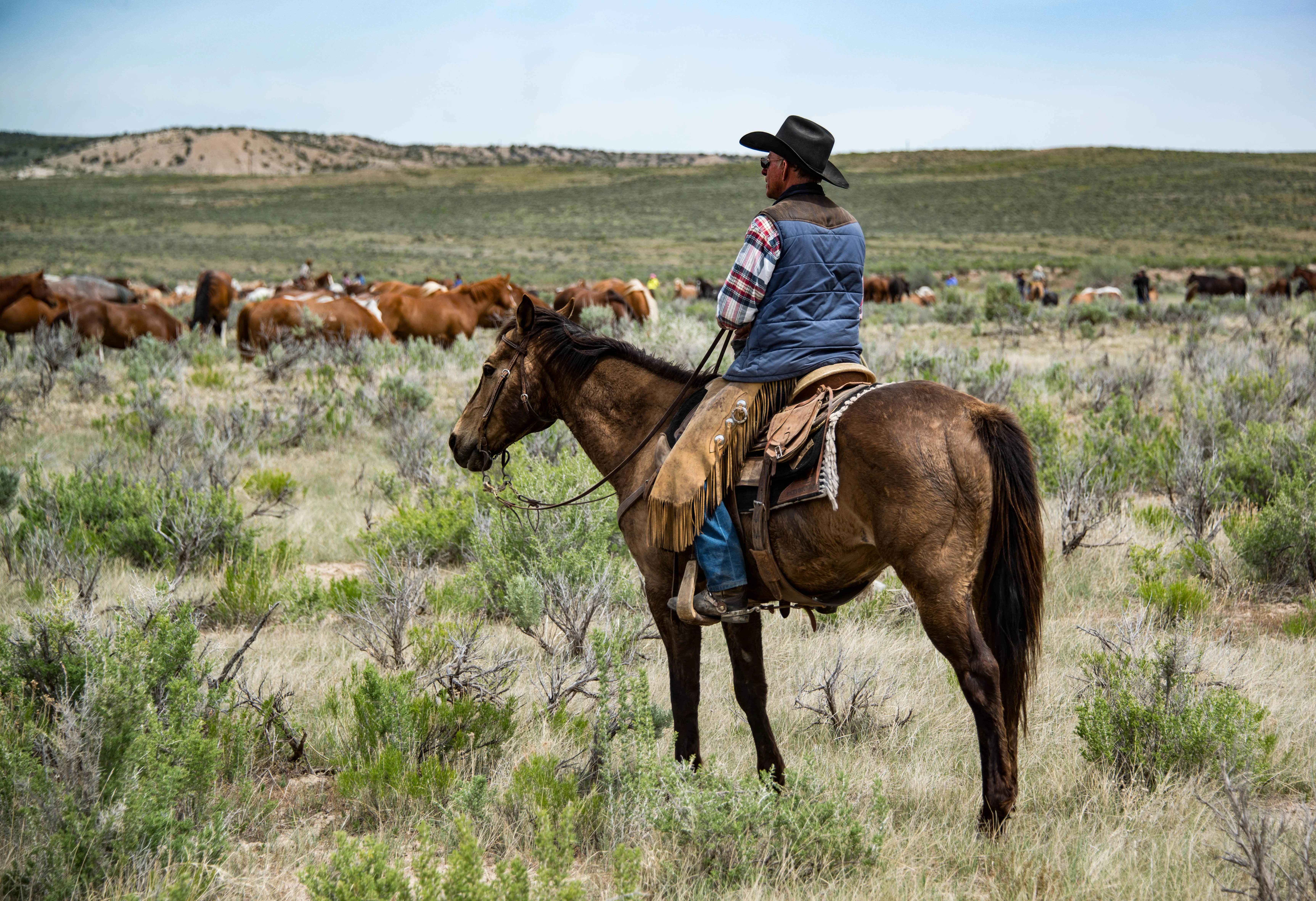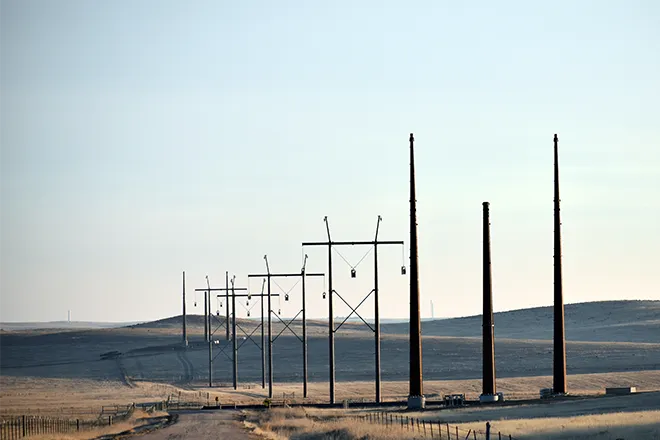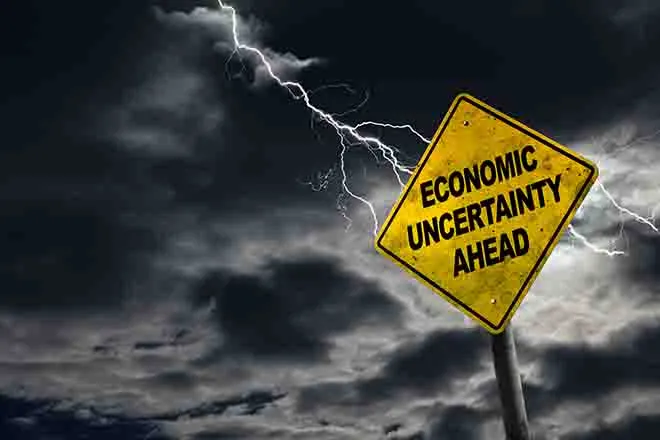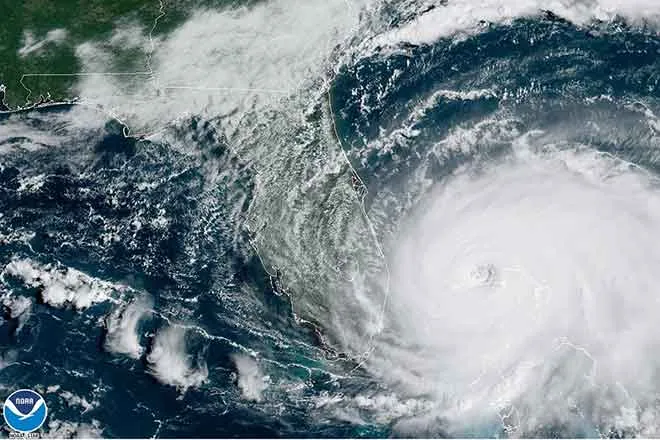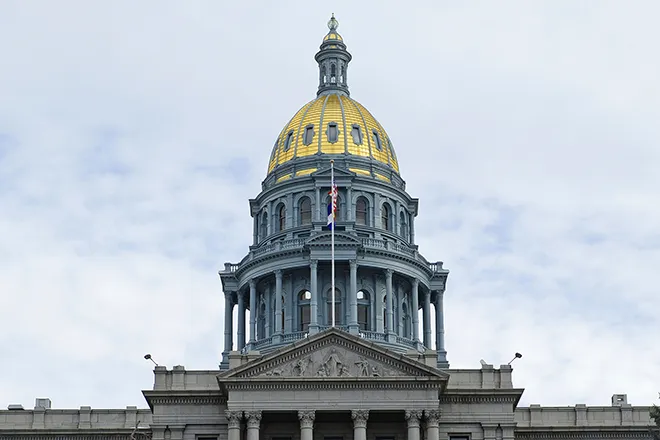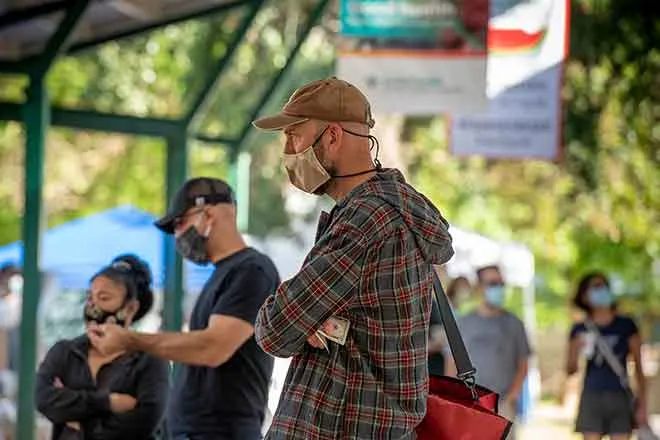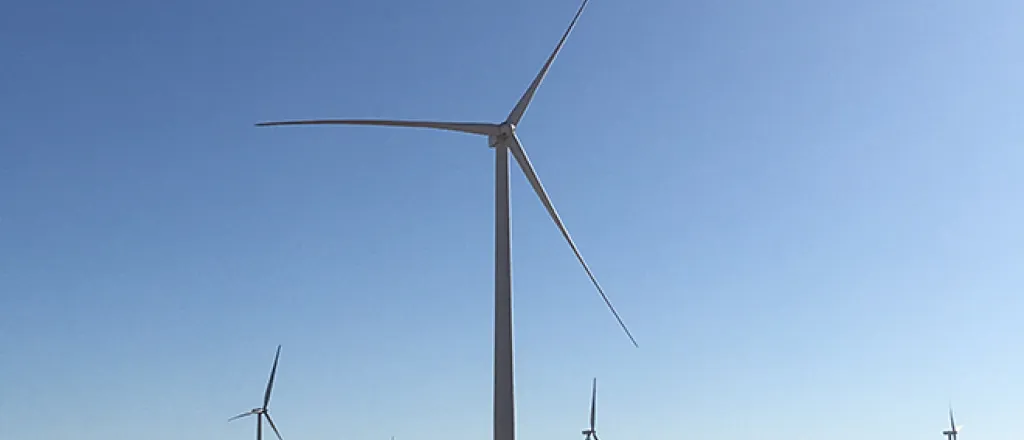
Federal regulators approve new rules to ease power connection backlogs
(Colorado Newsline) The Federal Energy Regulatory Commission Thursday finalized long-awaited new rules intended to reform how power generation projects get connected to the electric grid, seen as a major step in smoothing the path for thousands of mostly renewable power projects currently waiting to plug in.
“This rule will ensure that our country’s vast generation resources are able to interconnect to the transmission system in a reliable, efficient, transparent and timely manner,” FERC Chairman Willie Phillips said, adding that there are 2,000 gigawatts of power projects stuck in interconnection queues across the nation. “We have as much generation waiting to be connected to the grid as double the amount of generation currently on the grid.”
Those projects, mostly wind, solar and battery storage plants, have been stuck in massive backlogs while grid managers conduct interconnection studies needed to gauge how bringing them online would affect the broader system and determine whether any upgrades are needed.
“We have wait times of over five years.The average project needed today won’t even begin construction until 2028,” Phillips said.
Existing processes were set up at a time when there were relatively few new power plants (generally gas fired) coming online and there was plenty of excess transmission line capacity, said Ari Peskoe, director of the Electricity Law Initiative at Harvard Law School. Now, the vast majority of the projects in the queue are renewables that are generally more numerous and diffuse and smaller in output. And there are many areas where transmission is constrained.
Electricity today is like Colorado’s road network a century ago
The resulting delays are imperiling states’ renewable power goals, causing projects to wither on the vine as developers confront rising costs and supply chain problems and depriving local economies of jobs, not to mention the carbon-free electricity they promise to deliver, critics contend.
FERC’s new rule requires transmission providers to use “cluster” studies that allow for studying numerous proposed projects at once rather than individually in a “first-come, first-served” fashion. A cluster approach that is redone each year also is better able to adapt when interconnection customers who are higher up in the queue drop out, reducing the need for “cascading restudies,” FERC staff said. At the same time, the rule requires increased financial commitments for interconnection customers to enter and remain in the queue, meet more stringent site control requirements and imposes penalties on customers who withdraw from the queue.
“These reforms will discourage speculative, commercially non-viable interconnection requests and allow transmission providers to focus on processing interconnection requests that have a greater chance of reaching commercial operation,” FERC staff wrote.
For transmission providers, which can be big, regional entities called regional transmission organizations or independent system operators, or individual utilities depending on the part of the country, there are also firm study deadlines and penalties if they are not met, and uniform modeling standards.
And, among other components, another major piece pushes more adoption of technological advances into the interconnection process, such as allowing more than one generation facility to co-locate on a shared site behind an single interconnection point and share an interconnection request. There’s also a requirement that transmission providers model battery storage resources in the way they are actually used rather than unlikely worst-case scenarios and require evaluation of a suite of options called “grid-enhancing technologies” that can save money and time.
“It’s fair,” said Commissioner Allison Clements. “The final rule requires everyone to do their part to address the cause of interconnection backlogs.”
Though renewable energy industry representatives and clean power proponents called the reforms a good start, they say the rule, first proposed last summer, will leave many problems the energy transition has presented for grid managers and regulators unresolved.
“The bigger picture issues of why we don’t have enough transmission in this country are not going to be solved through this rule,” Peskoe said.
John Moore, director of the Sustainable FERC Project at the Natural Resources Defense Council, said the rule “will raise the floor on action, but the ceiling will depend on grid operators taking leadership and increasing the capability and capacity of the grid. The devil will be in the details.”
Roughly two-thirds of American electric customers live in an area where electric flow is managed by a regional transmission organization (RTO) or an independent system operator (ISO), who also run power markets. In the rest of the country, the grid is run by utilities that are typically vertically integrated (meaning they’re responsible for generating, transmitting and distributing electricity to their customers) who do their own transmission planning. The new rule will apply to both types of regimes, which will have to submit filings to FERC explaining how they’ll comply, Peskoe said. Several RTOs have already been implementing their own queue reform, however.
“We need to fashion this in a way that moves the ball but doesn’t get in the way of what they’re already doing,” Commissioner Mark Christie said.
The Midcontinent Independent System Operator, or MISO, which coordinates electric flow for a region of the central U.S. and Gulf Coast that includes all or part of 15 states, proposed a series of reforms that includes increased interconnection payments and penalties for withdrawal.
“Changes are needed to better manage the number of speculative requests in future queue cycles, which will reduce processing time and ensure more certain and timely study results,” a MISO spokesman said.
PJM, the largest U.S. regional transmission organization, also began a transition to a new interconnection process this month.
Regional planning also needed
In a report released last month that looked just at PJM, the American Council on Renewable Energy, a nonprofit working to accelerate the transition to renewable energy, found that if PJM was approving projects at the same pace as it did from 2011 to 2016, the 34 gigawatts of renewable power in its queue would be operating within the next four years. That would mean thousands of jobs and about $33 billion in investment for the PJM region, which includes 65 million people in all or parts of 13 states and the District of Columbia. Virginia, Illinois, Ohio and Indiana were the biggest potential beneficiaries.
In interviews, several grid experts said fixing transmission planning and making upgrades is equally, if not more, important than interconnection reforms for getting large amounts of new resources connected to the grid quickly.
“If a transmission provider says ‘Congratulations, you’ve got your agreement, this is going to take six plus years before you can interconnect,’ that’s going to be fatal to a lot of projects,” said Jason Burwen, vice president of policy and strategy at GridStor, an Oregon company that has 2 gigawatts of battery storage projects under development.
Peskoe noted that much of the nation’s transmission planning is being driven by individual projects’ interconnection process, which he called a “piecemeal, inefficient way to go about building an interstate transmission system.”
Several other experts compared it to building a highway system one lane at a time.
FERC is working on another proposed rule on regional transmission planning and cost allocation that it will finalize “in the months ahead,” Phillips said.
“Together, this interconnection queue reform, with long term and regional planning — we will have the greatest transmission reforms in a generation to come out of FERC,” he added. “This is a good day.”
Colorado Newsline is part of States Newsroom, a network of news bureaus supported by grants and a coalition of donors as a 501c(3) public charity. Colorado Newsline maintains editorial independence. Contact Editor Quentin Young for questions: info@coloradonewsline.com. Follow Colorado Newsline on Facebook and Twitter.



